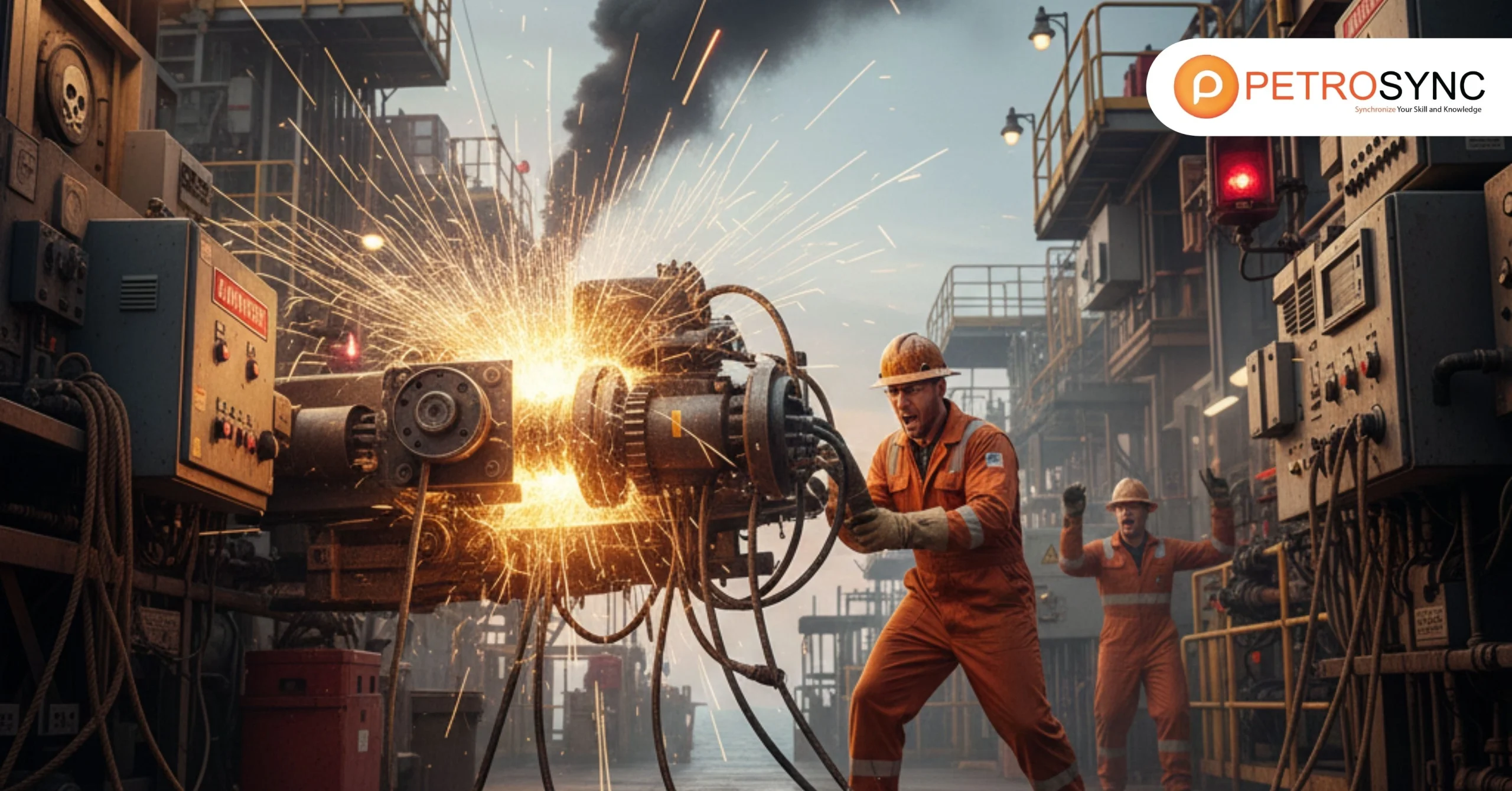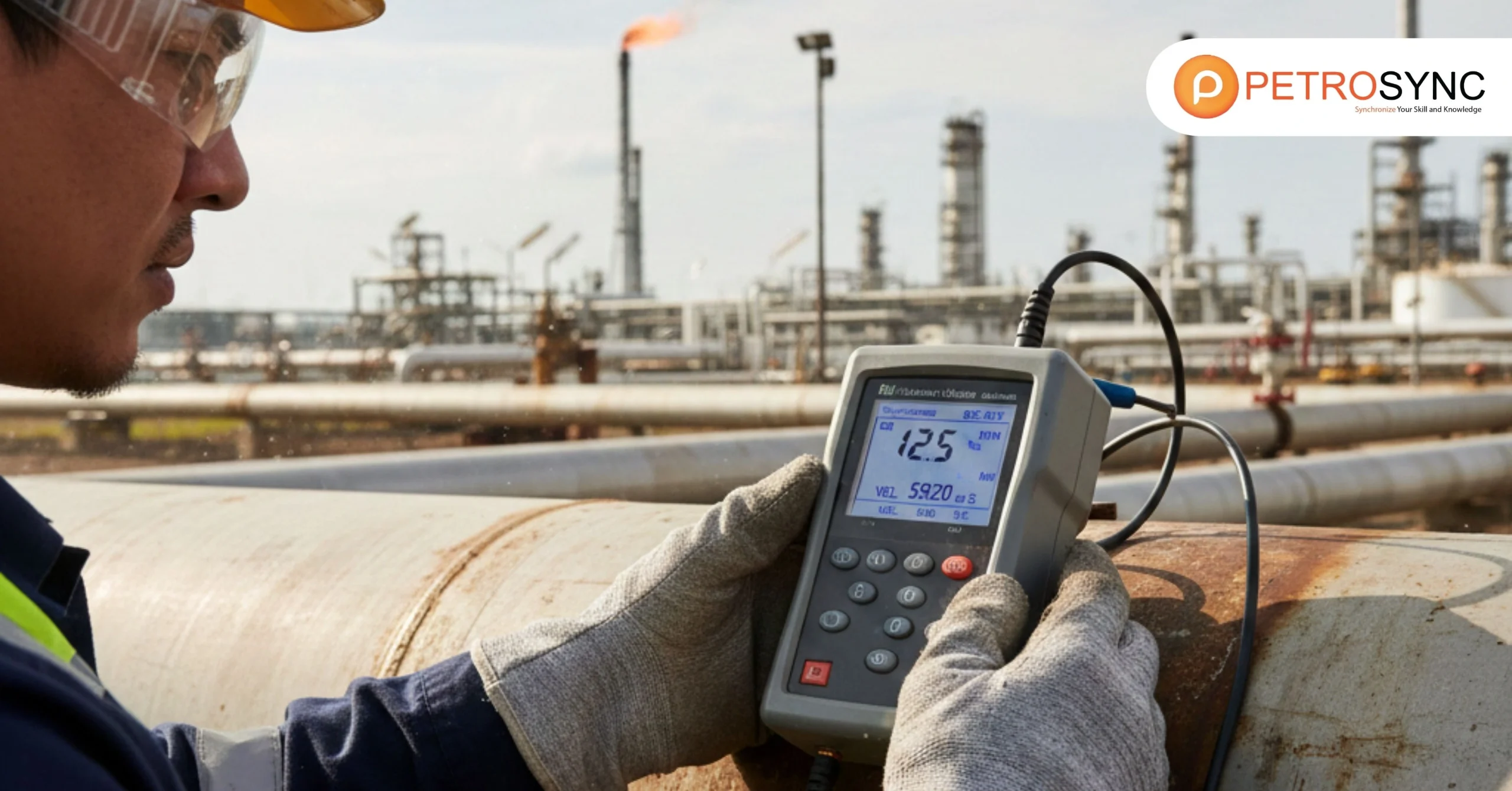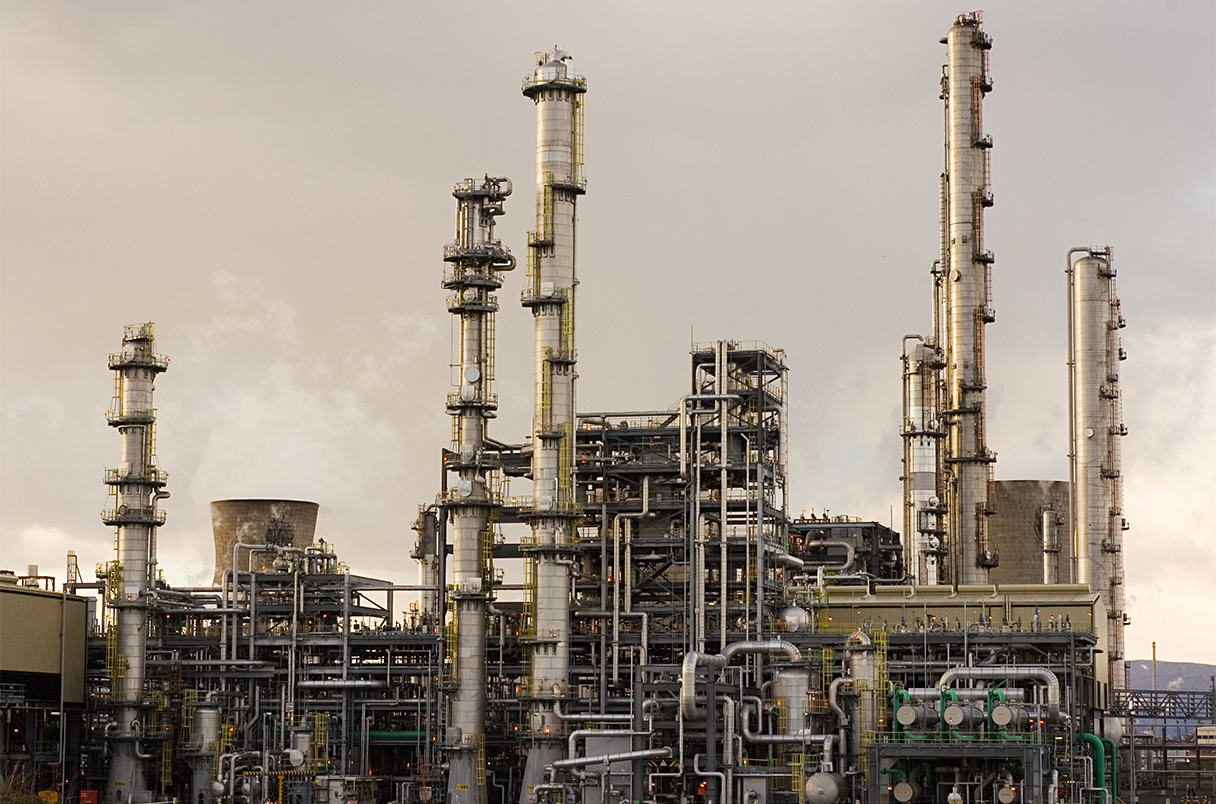Reliability-Centered Maintenance (RCM) and Risk-Based Inspection (RBI) are two widely used methodologies in the field of asset management and maintenance. Combining RCM and RBI approaches can provide a comprehensive and effective strategy for ensuring the reliability and integrity of critical assets in the industry. Read on to get to know more about these methodologies and benefits.
What Is Reliability Centered Maintenance (RCM)?
Reliability Centered Maintenance (RCM) is a corporate-level maintenance strategy that aims to optimize maintenance programs by providing a systematic approach to ensuring the reliability and optimal performance of equipment and systems. It involves a thorough analysis of each asset to identify potential failure modes, their causes, and the consequences of these failures.
By understanding the critical functions and performance standards of each asset, RCM helps determine the most effective maintenance strategies. RCM aims to strike a balance between preventive maintenance, corrective maintenance, and condition-based maintenance.
RCM prioritizes actions that prevent the most critical failures and considers factors like safety, environmental impact, and economic feasibility. Ultimately, RCM helps organizations make informed decisions about when and how to maintain their assets, ensuring they operate efficiently and reliably over time.
What Is Risk Based Inspection (RBI)?
Risk Based Inspection (RBI) is a procedure in which industrial risks resulting from equipment or structural degradation are evaluated and a methodical approach to inspecting and maintaining industrial equipment is implemented.
RBI involves evaluating the risk associated with potential failures of equipment and prioritizing inspection efforts accordingly. RBI considers factors such as the likelihood of failure, the consequences of failure, and the effectiveness of existing safeguards.
The API 580 standard, developed by the American Petroleum Institute (API), serves as a comprehensive guideline for implementing Risk Based Inspection (RBI) in the oil, gas, and petrochemical industries. This standard provides a structured framework for conducting RBI assessments, ensuring a consistent and thorough approach across the industry.
API 580 outlines the principles and methodologies for assessing risk, taking into account factors such as corrosion rates, degradation mechanisms, and the consequences of potential failures. It emphasizes the importance of data collection, analysis, and expert judgment in the risk assessment process. The standard also guides on development and implementation risk mitigation strategies based on the assessment results.
How To Combine RCM and RBI Methodologies for Better Reliability?
Below is the general guidance on combining Reliability Centered Maintenance (RCM) and Risk Based Inspection (RBI) methodologies, it’s important to note that specific steps may vary based on the context and industry requirements. The following steps are derived from industry best practices and the fundamental principles of RCM and RBI
1. Define Scope and Objectives
Scope Definition: Clearly define the boundaries of the asset management program. This includes specifying the types of assets, systems, or facilities covered.
Objective Setting: Articulate specific and measurable objectives for the combined RCM and RBI approach. These objectives may relate to safety improvements, increased reliability, or cost optimization.
2. Identify Critical Assets and Components
RCM Analysis: Conduct a thorough RCM analysis, identifying critical assets, components, and potential failure modes. Utilize historical data, equipment specifications, and industry best practices.
Prioritization Criteria: Establish criteria for prioritizing components based on their impact on safety, environmental considerations, and operational consequences.
3. Establish Performance Standards
Performance Criteria Definition: Clearly define the performance standards for each critical component identified in the RCM analysis. This includes specifying acceptable levels of performance and reliability.
Alignment with Objectives: Ensure that the performance standards align with the overall objectives set for the combined RCM and RBI initiative.
4. Implement Preventive Maintenance (PM) Strategies
Strategy Development: Develop preventive maintenance strategies based on the findings of the RCM analysis. This involves determining the frequency, tasks, and methodologies for maintenance activities.
Integration with RCM Analysis: Ensure that the preventive maintenance strategies are directly linked to the identified failure modes and performance standards.
5. Integrate RBI Assessment
RBI Methodology Application: Apply RBI methodologies to conduct risk assessments for critical assets and components. Consider factors such as corrosion rates, degradation mechanisms, and operational context.
Data Collection: Gather relevant data for RBI assessments, including inspection history, material properties, and process conditions.
6. Prioritize Inspection Activities
Risk Prioritization: Prioritize inspection activities based on the risk assessment results from RBI. Focus on high-risk components to optimize inspection resources.
Sensitivity Analysis: Conduct sensitivity analyzes to understand how changes in assumptions or parameters impact the prioritization of inspection activities.
7. Implement Risk Mitigation Measures
Mitigation Strategy Development: Develop risk mitigation measures based on the combined insights from RCM and RBI analyses. This may include engineering controls, procedural changes, or redundancy.
Feasibility Assessment: Evaluate the feasibility and effectiveness of different risk reduction strategies, considering technical, economic, and operational factors.
8. Establish Monitoring and Feedback Mechanisms
Continuous Monitoring: Implement systems for continuous monitoring of asset performance. Utilize condition monitoring technologies, data analytics, and real-time feedback.
Feedback Loops: Establish feedback loops to update RCM and RBI analyses based on the data collected during monitoring. This ensures that maintenance strategies remain aligned with actual asset performance.
9. Documentation and Reporting
Analysis Documentation: Document the results of both the RCM and RBI analyses. Include detailed information on critical components, failure modes, risk assessments, and mitigation measures.
Report Generation: Generate comprehensive reports that communicate the combined approach, findings, and actions taken. Clearly convey the implications of the analyses to stakeholders.
10. Continuous Improvement
Regular Review: Schedule regular reviews of the RCM and RBI analyzes to incorporate new data and lessons learned from maintenance activities.
Process Optimization: Embrace a culture of continuous improvement, seeking opportunities to optimize the combined RCM and RBI approach. Encourage feedback from maintenance personnel and incorporate their insights into the improvement process.
Combining Reliability Centered Maintenance (RCM) and Risk Based Inspection (RBI) methodologies for improved reliability involves recognizing their commonalities and aligning them with business objectives. According to industry insights, companies often manage these approaches separately, leading to inefficiencies and misaligned decision-making.
The fundamental steps of RCM and RBI, as outlined in the source, share common goals such as aligning with business objectives, achieving regulatory compliance, and ensuring safety and environmental responsibility. Both methods aim to define performance objectives, identify associated hazards and risks, determine efficient risk mitigation strategies, validate and execute these strategies, and document the entire process for continuous improvement.
To overcome inefficiencies, organizations are advised to harmonize the common elements of RCM and RBI, focusing on the unique aspects needed for specific objectives. The goal is to create a unified framework and system of record, enabling the use of common key performance indicators for assessing effectiveness.
By viewing RCM and RBI as complementary methods, organizations can design a comprehensive and tailored approach that efficiently addresses industry-specific environments and objectives. The emphasis is on achieving efficiency and alignment as shared goals, ensuring that each method contributes effectively to specific drivers and objectives.
This harmonized approach promotes better decision-making, resource optimization, and continuous improvement throughout the asset life cycle.
PetroSync recognizes the importance of equipping you with the necessary knowledge and skills to effectively implement methodologies such as API 580 and API 581, as well as RCM. We offer specialized training programs designed to empower you in the management of assets.
Through Petrosync’s API 580 and API 581 training, you can gain a deep understanding of risk-based inspection strategies, enabling you to apply these principles confidently in your respective industries. Additionally, our RCM training provides comprehensive insights into Reliability Centered Maintenance, allowing you to navigate the complexities of asset management with enhanced proficiency.
By engaging in these training opportunities, you can stay abreast of industry best practices, ultimately contributing to more efficient and reliable asset management practices within your organizations with PetroSync.
Credit header image: Freepik

SEO specialist by day, fact-checker by night. An avid reader and content writer dedicated to delivering accurate and engaging articles through research and credible sources.






